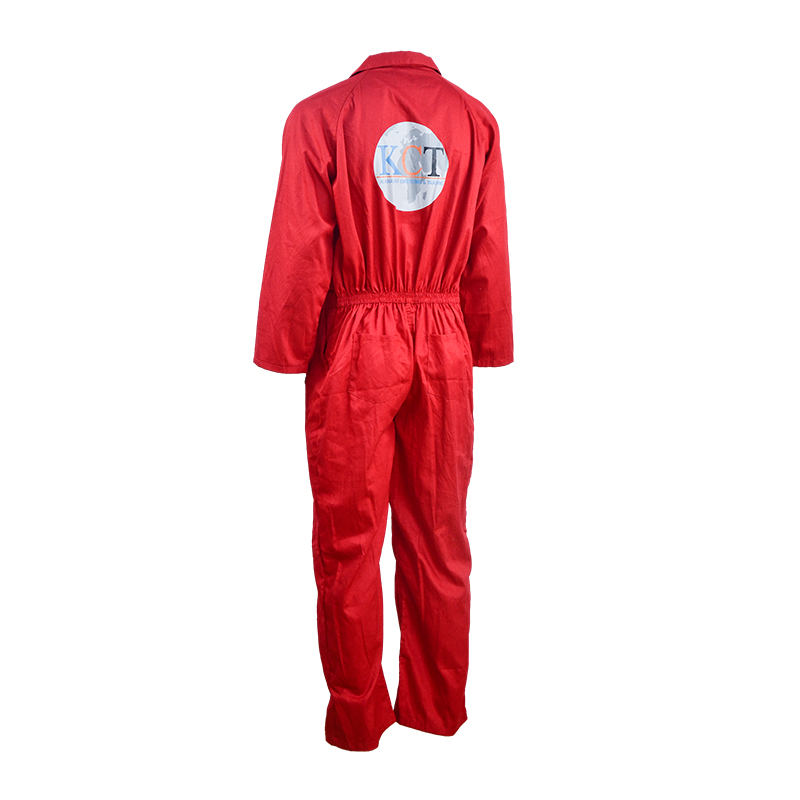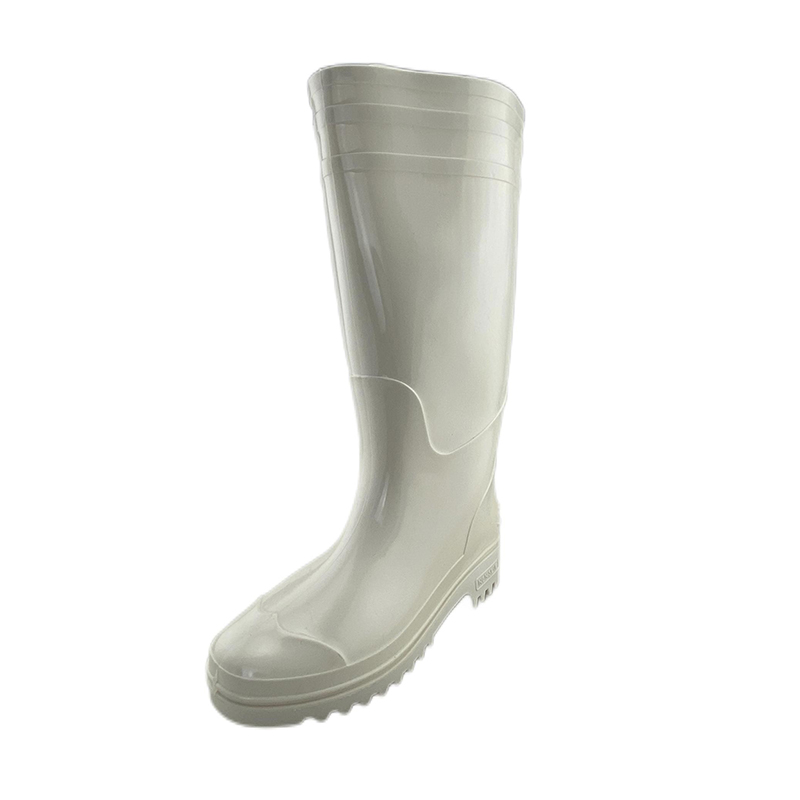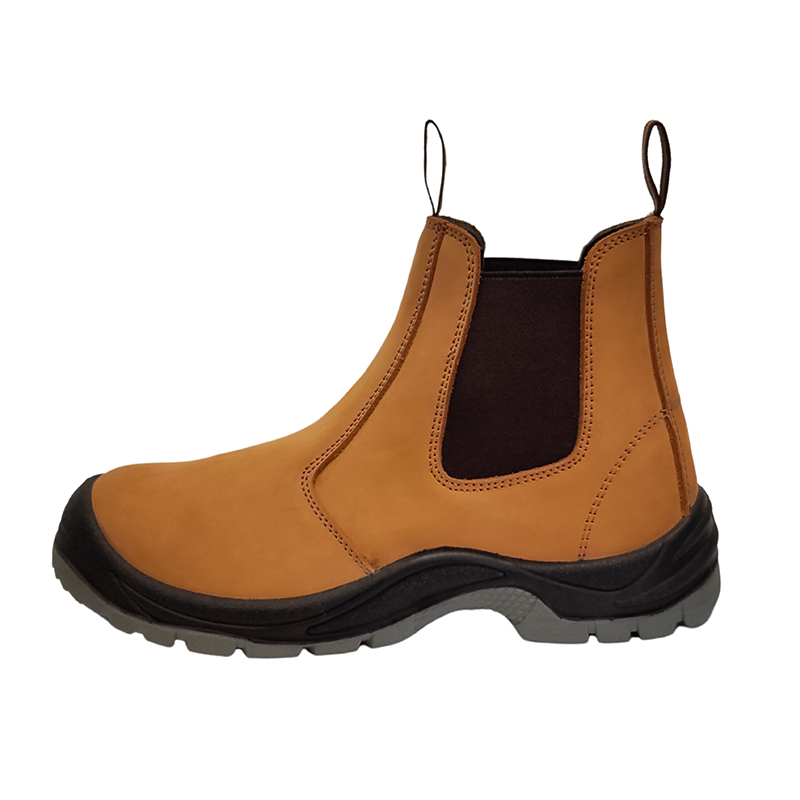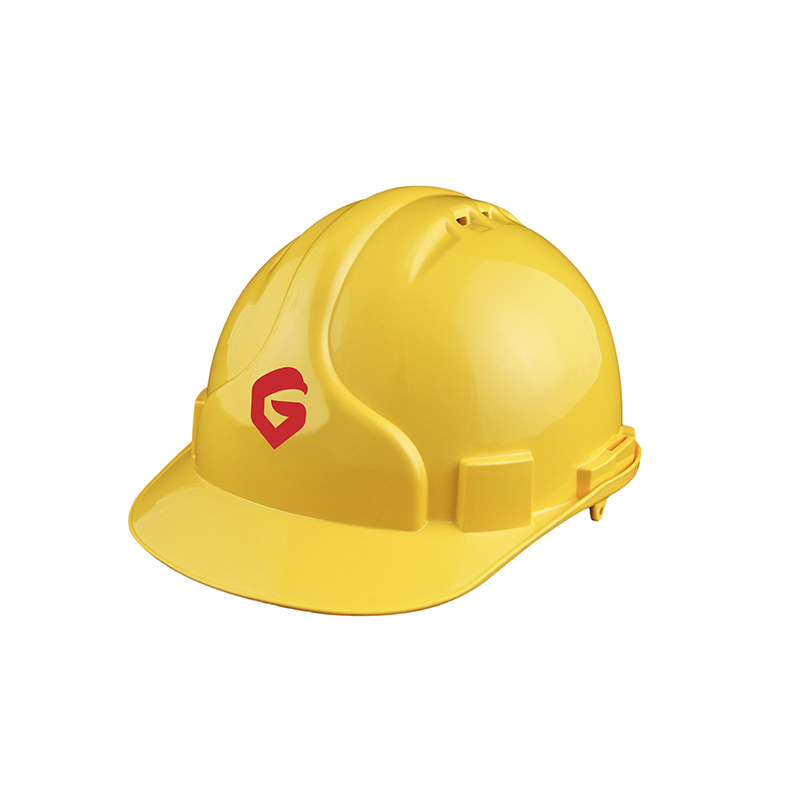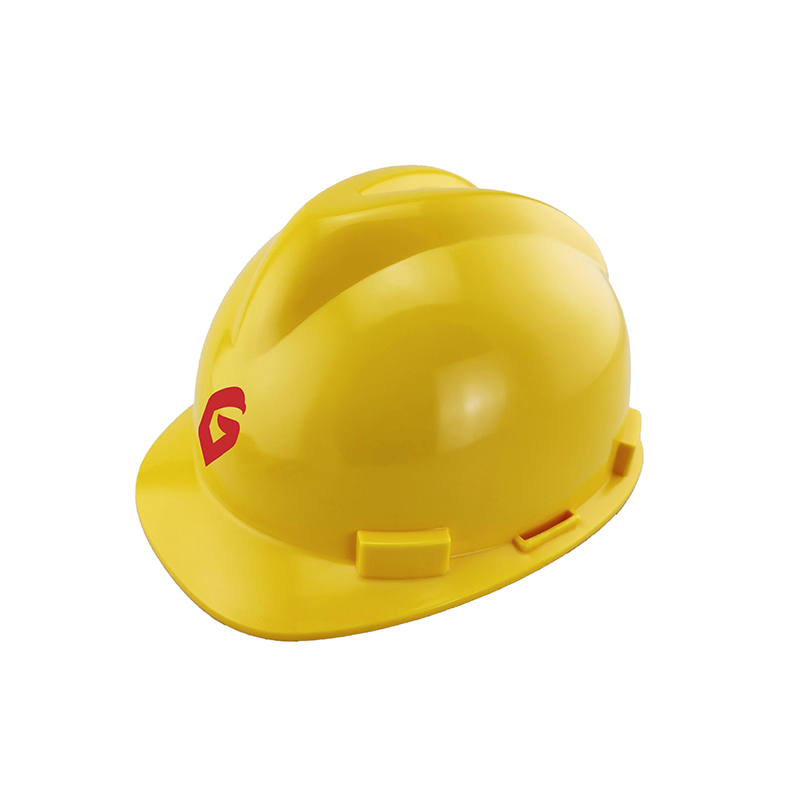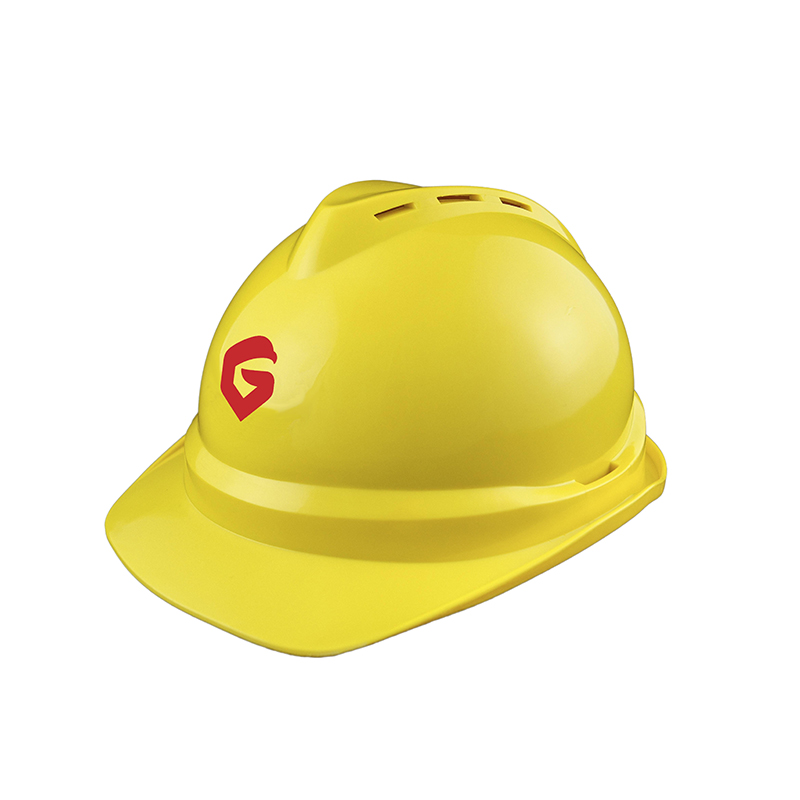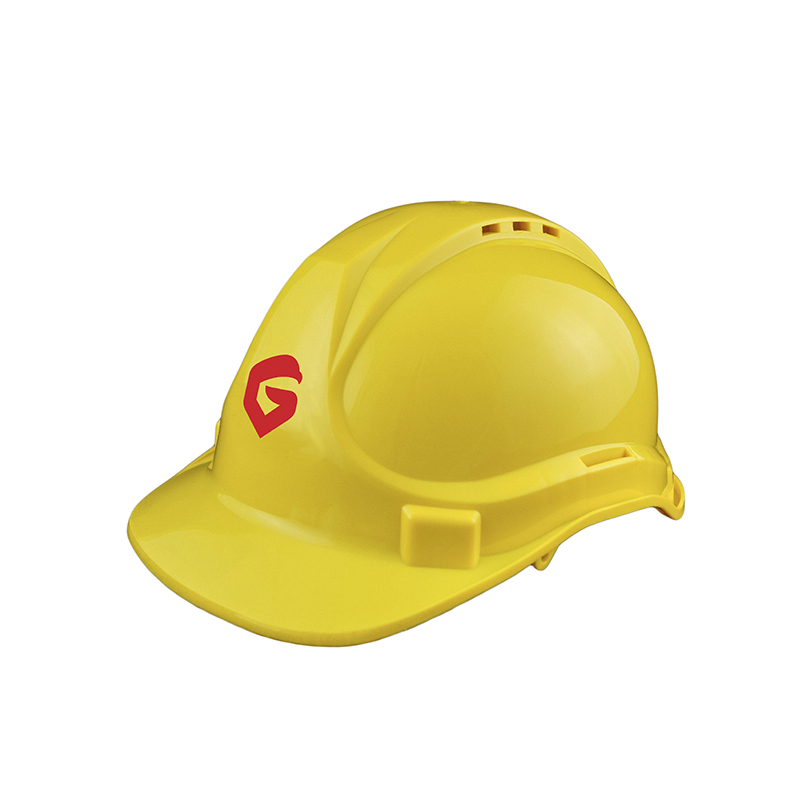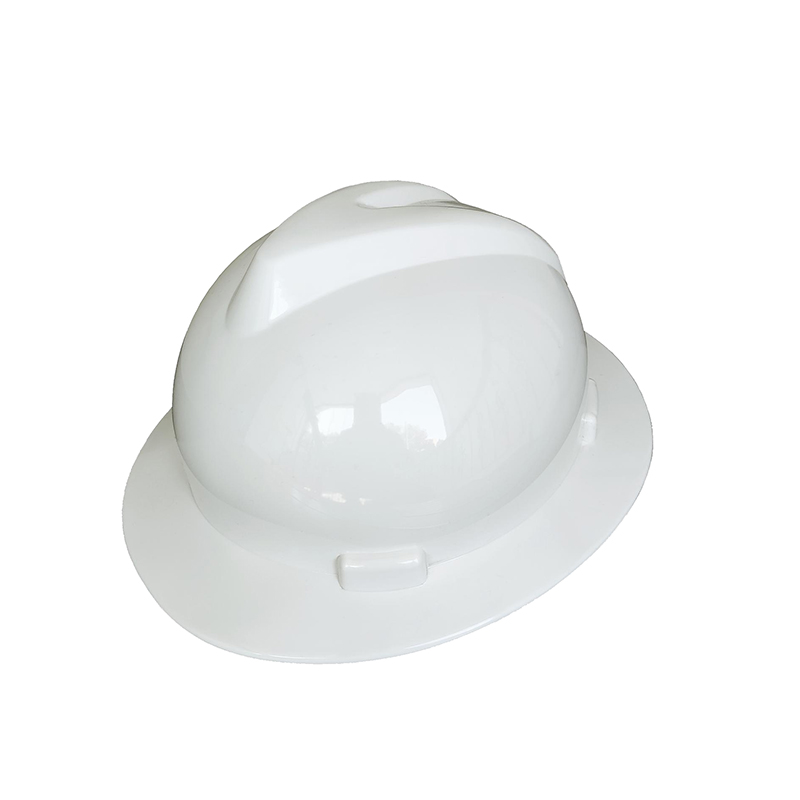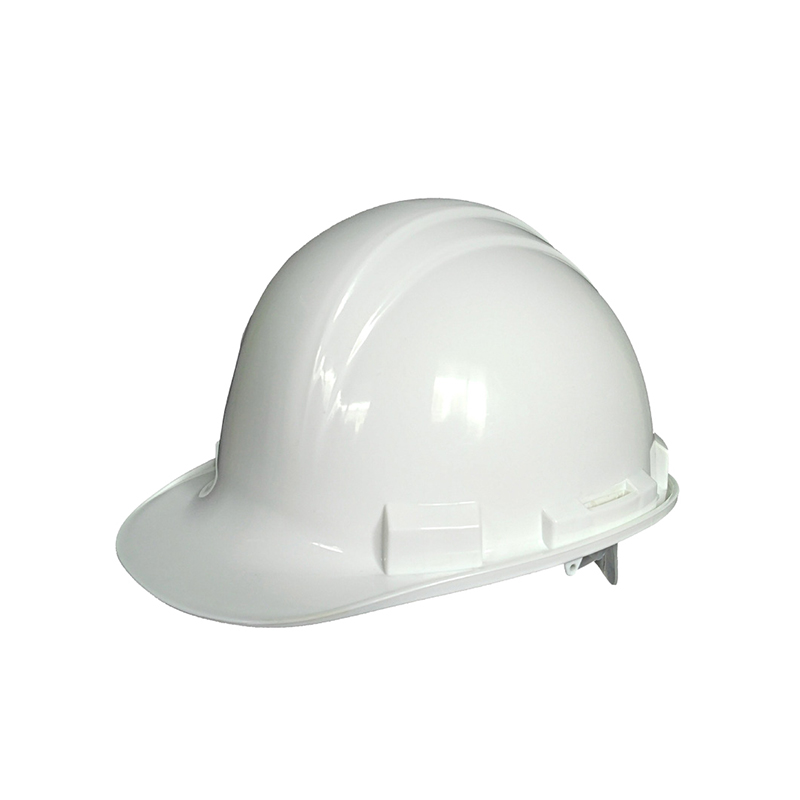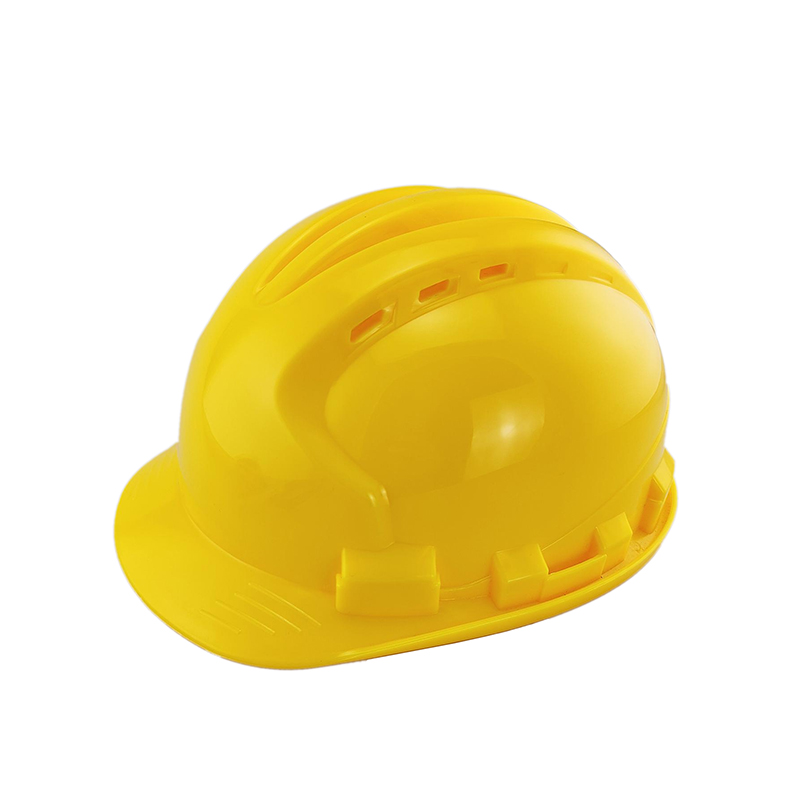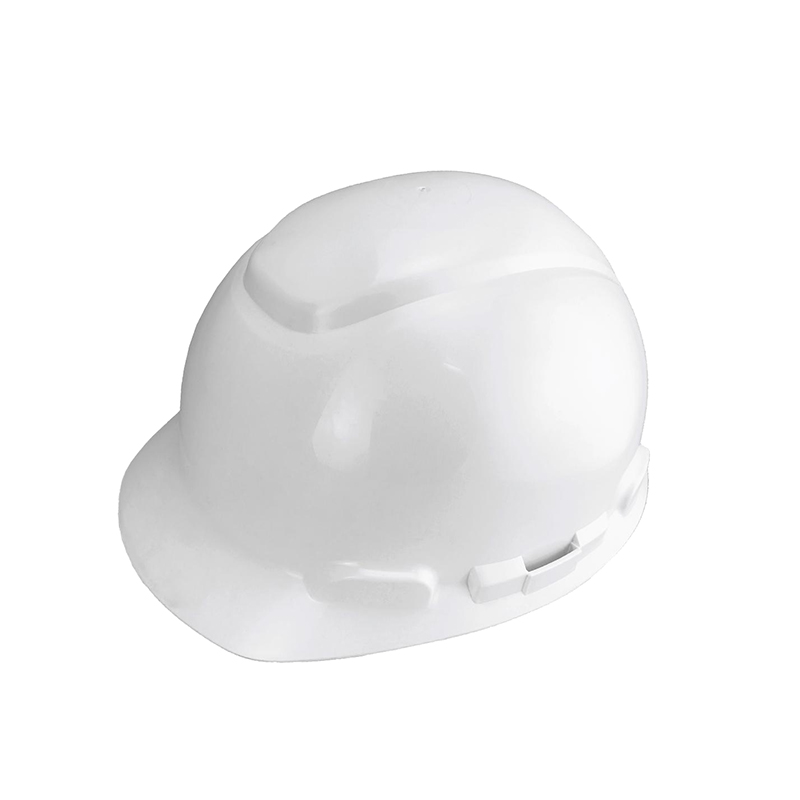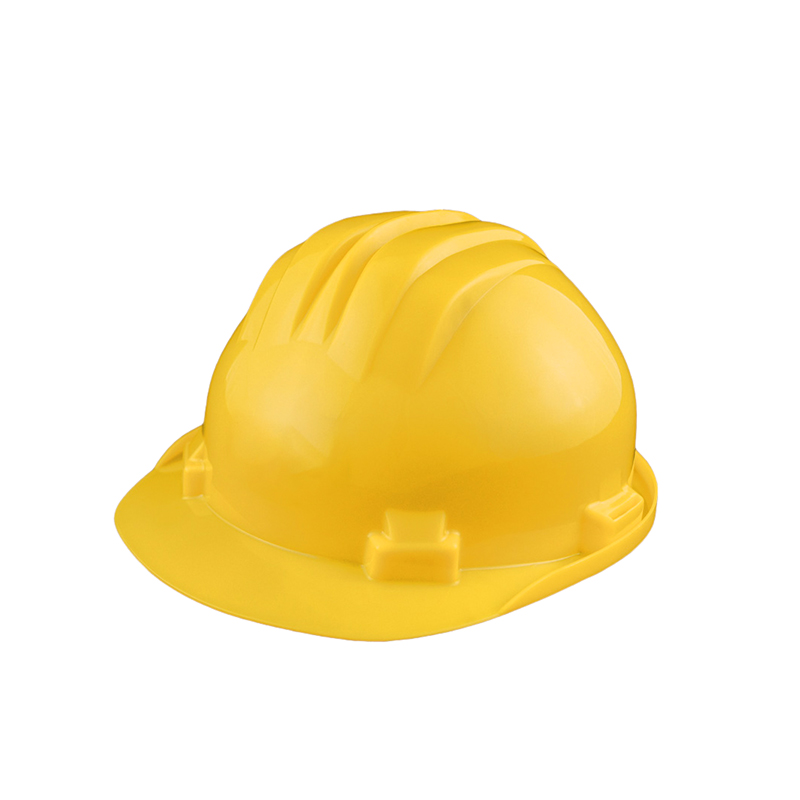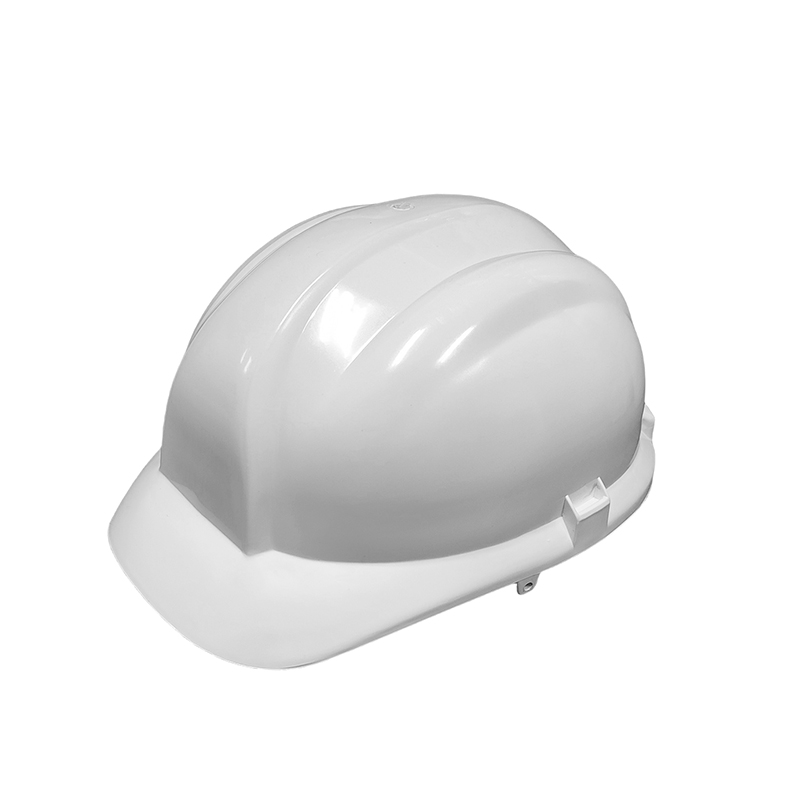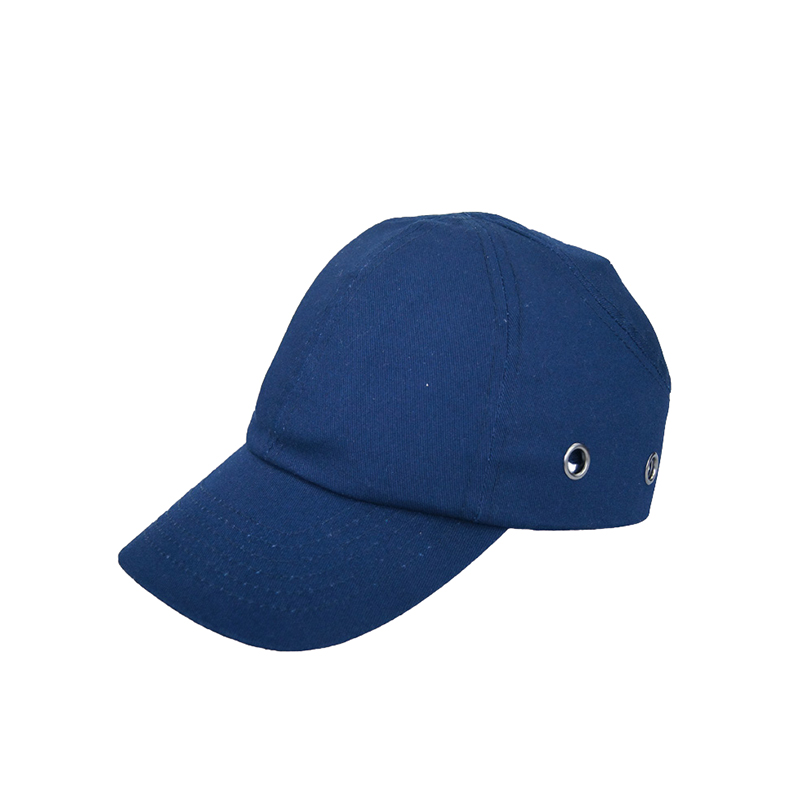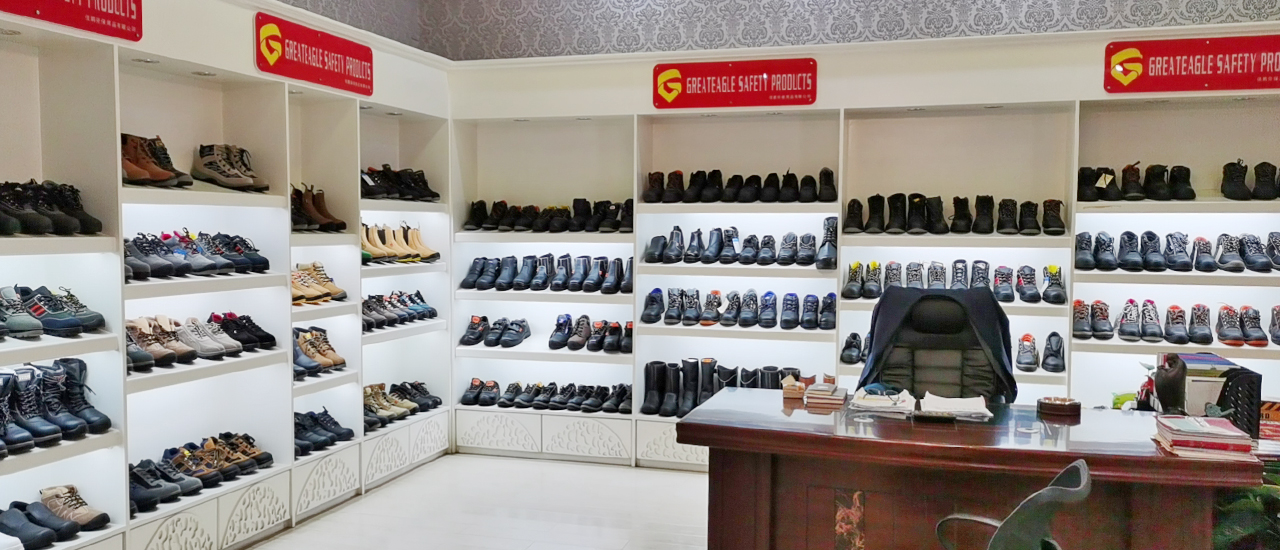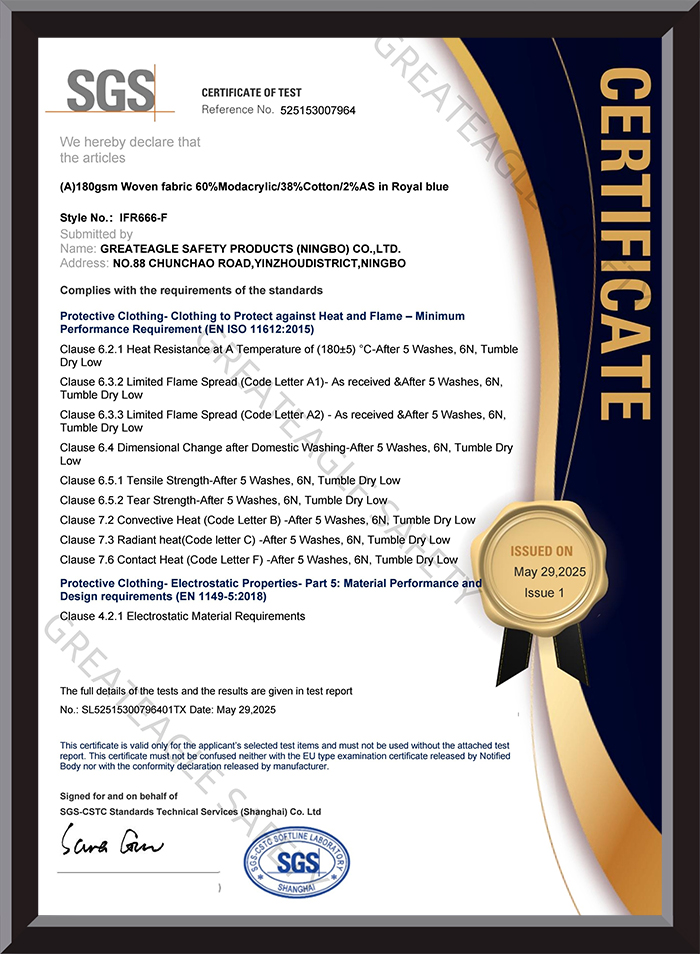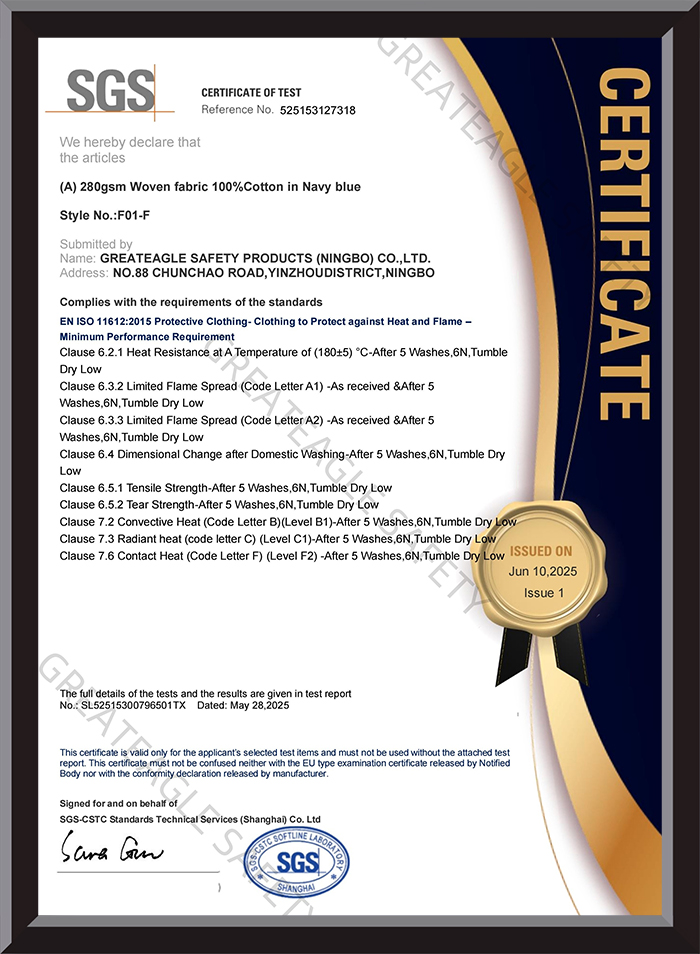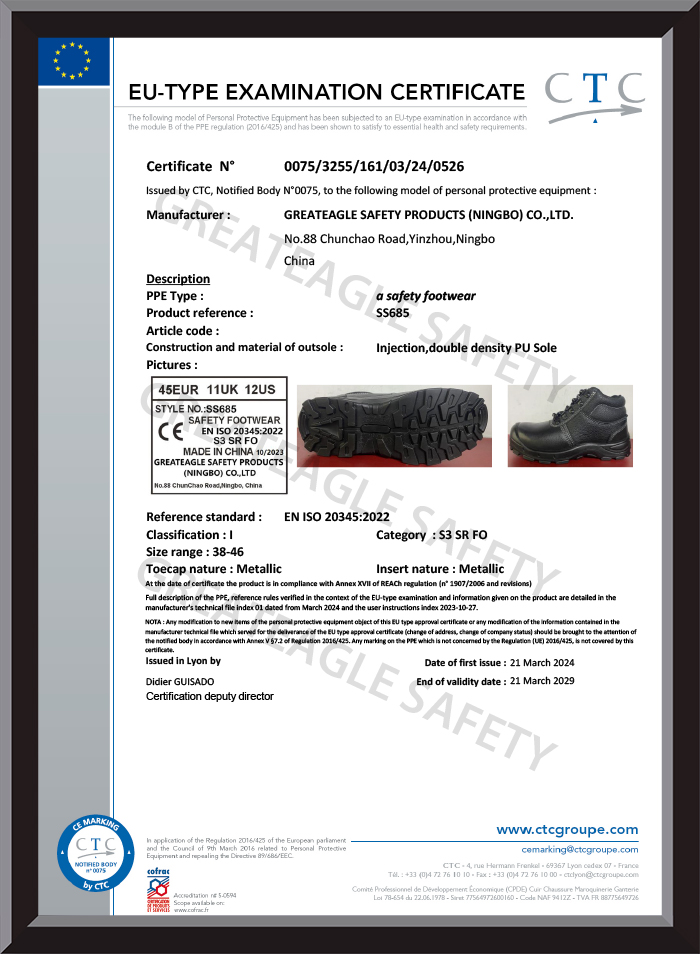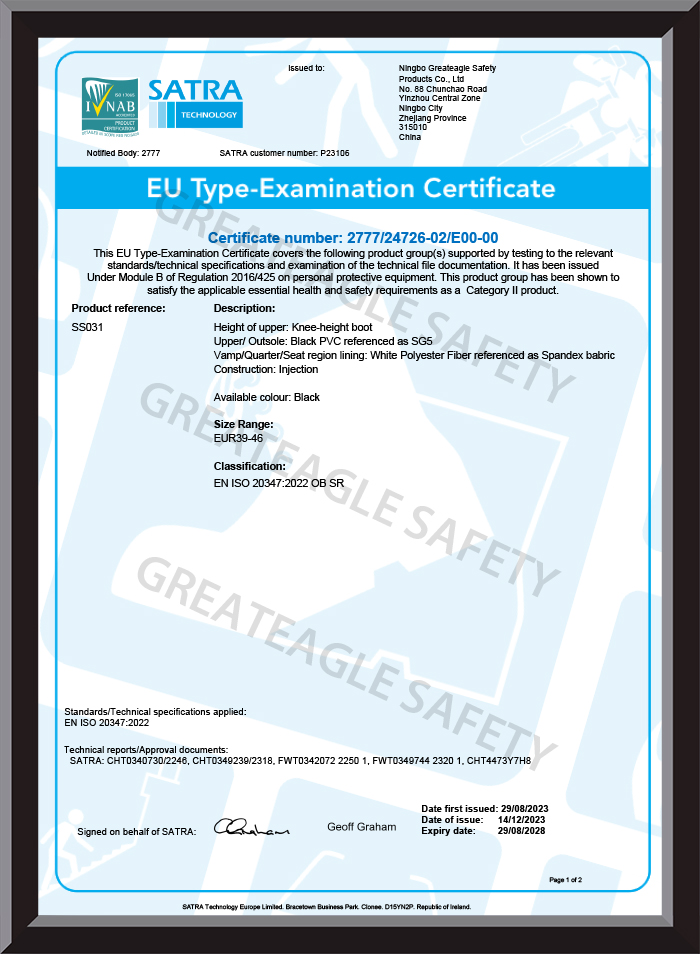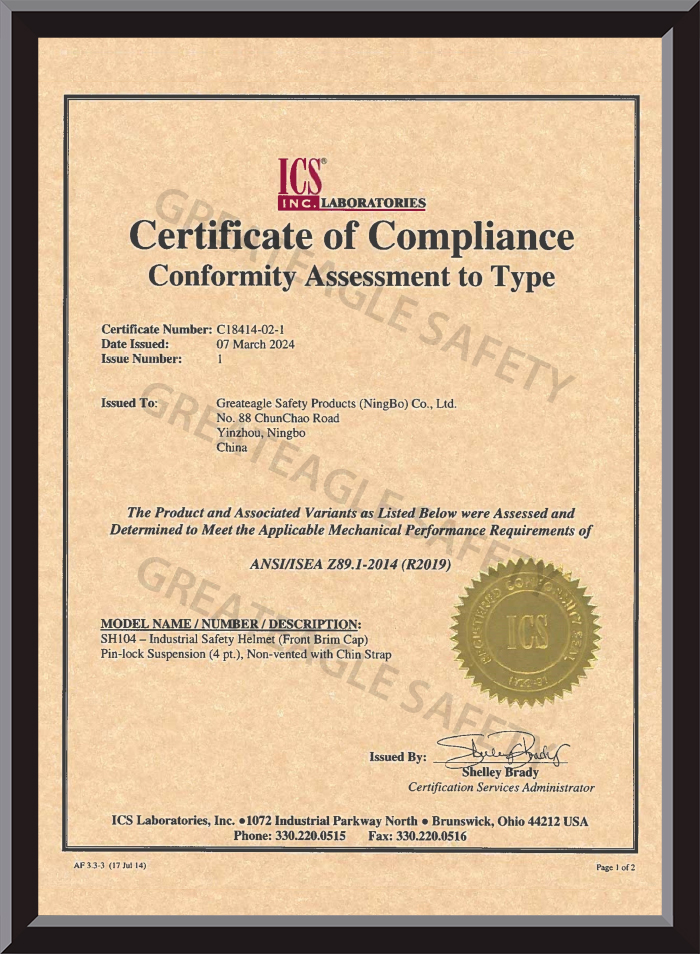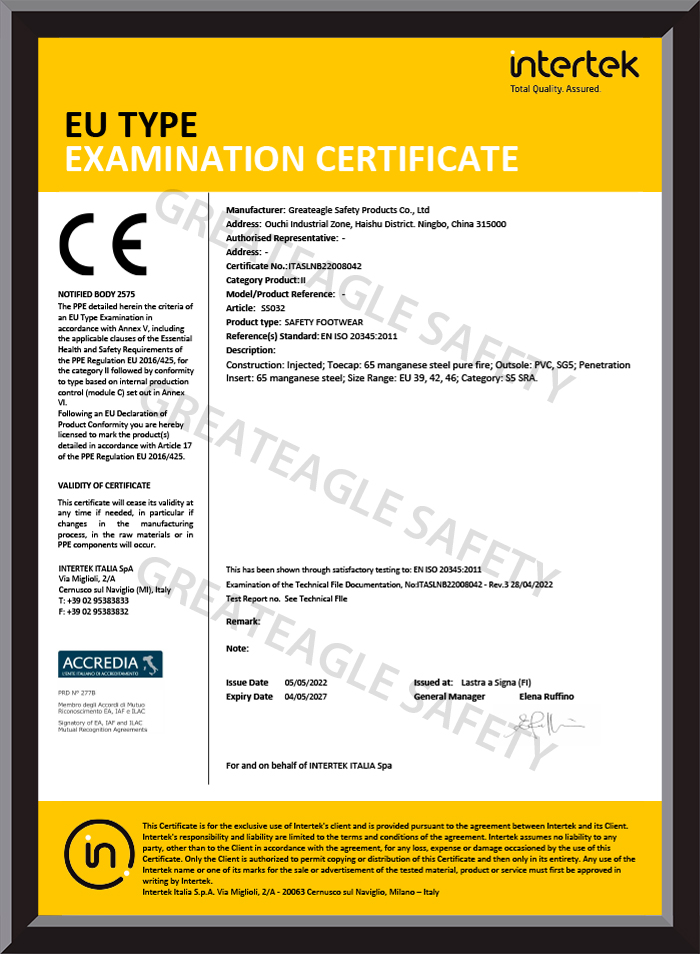What are the common materials for construction safety helmets, and what are their respective advantages and disadvantages?
At construction sites, safety helmets are one of the most basic and critical personal protective equipment. It is not only used to prevent direct impact injuries caused by falling objects, but also to a certain extent protect against secondary risks such as electric shock, scratches and chemical splashes. As the core of the performance of safety helmets, the choice of materials directly determines the product's protection ability, comfort and service life.
ABS (Acrylonitrile-Butadiene-Styrene Copolymer)
Advantages:
High strength, good toughness, strong impact resistance;
Smooth surface, exquisite appearance, easy to dye;
Good processing performance, suitable for injection molding;
Low temperature resistance is better than PE, suitable for cold construction environments.
Disadvantages:
Weak UV resistance, easy to age and discolor after long-term exposure;
General weather resistance, not suitable for long-term use in extreme outdoor environments.
Application suggestions: ABS material is very suitable for medium-intensity construction sites, scenes where the protection level requirements are not extreme but the appearance requirements are high, especially in urban construction, rail construction and other projects.
Greateagle Safety has a mature ABS injection molding production line in this field. Through process optimization, the consistency and impact buffering performance of the cap body have been significantly improved, meeting international standards such as EN397 and ANSI Z89.1.
HDPE (High-density Polyethylene)
Advantages:
Lightweight and comfortable to wear;
Good impact resistance, especially for vertical impact;
Relatively low cost, suitable for large-scale industrial production;
Excellent corrosion resistance and chemical resistance.
Disadvantages:
Poor high temperature resistance, not suitable for high-temperature operation areas of fires;
Soft material, insufficient lateral rigidity, not suitable for complex structural protection needs;
Appearance is slightly inferior to ABS, and the visual texture is average.
Application suggestions: HDPE safety helmets are widely used in ordinary construction sites, power inspections and other environments. Its lightness is especially suitable for long-term wear.
Greateagle Safety optimizes the anti-aging properties of HDPE through material modification technology, making it more suitable for the high temperature and high humidity Asian and Middle Eastern markets, and has achieved large-scale production at its production base in Ningbo.
FRP (Fiberglass Reinforced Plastic)
Advantages:
Excellent mechanical strength and heat resistance, suitable for high-risk working conditions;
Non-conductive, with good electrical insulation performance;
Strong resistance to chemicals and oils;
Strong resistance to UV aging, suitable for long-term outdoor exposure environment.
Disadvantages:
The material density is high and the overall weight is heavy;
The cost is high, the processing cycle is long, and manual layering is required;
The surface treatment requirements are high, and the batch consistency is relatively difficult to control.
Application suggestions: Suitable for petrochemical, electric power, high-temperature manufacturing and other industries. FRP helmets are mostly used in high-risk or special protection areas.
PC (Polycarbonate)
Advantages:
Extremely high transparency and impact resistance;
High heat resistance and dimensional stability;
Suitable for window-type helmets or integrated protection products.
Disadvantages:
High cost;
The surface is easy to scratch and requires surface treatment;
Poor solvent resistance, and the cleaning agent needs to use a special formula.
How does the connection method between the outer shell and the inner lining of a construction safety helmet affect the buffering effect?
Construction Safety Helmet is mainly responsible for resisting the impact of falling objects, alleviating impact force, and reducing the risk of head trauma. Its core structure consists of two main parts: the shell and the liner (Suspension system or Liner).
The connection method between the two not only determines the cushioning performance of the helmet in actual use, but also plays a decisive role in the stability of the protective effect and the long-term reliability.
Structural function: Why does the connection method affect the cushioning performance?
The shell of the construction helmet is mainly made of ABS, HDPE, FRP and other materials, with good rigidity and impact resistance, which is used to disperse and initially absorb the impact energy. The lining system (commonly suspended) plays a role in further buffering and dispersing the impact force, while maintaining a safe gap between the head and the shell.
The key point is: how the shell and the lining are connected directly determines the efficiency of the impact energy conduction path and the release of the buffer space.
At present, there are mainly the following connection methods on the market:
1. Snap-in design
This is a traditional but reliable structural design. The lining is fixed to a specific point on the inner wall of the shell through a plug-in bayonet to form a "point-to-point" connection. Its advantages are easy assembly and firm structure.
Advantages: After the impact energy is dispersed in the outer shell, it is transmitted to the lining through point connections. The buffer system can deform freely and effectively absorb the impact;
Disadvantages: The point connection structure may have the risk of local fracture under high-intensity impact, affecting the overall protection performance.
2. Slide Lock Mechanism
This structure embeds the liner assembly into the cap shell through an integrated slide, which improves the overall stability and is suitable for helmets with higher industrial strength requirements.
Advantages: Reduce liner shaking, enhance stability, and disperse impact force more evenly;
Disadvantages: High requirements for mold precision and relatively high manufacturing costs.
3. In-mold Assembly
Greateagle Safety has introduced this structure in the research and development of new processes in recent years, using hot injection molding technology to semi-integrate the liner and the outer shell to effectively improve the consistency of impact resistance.
Advantages: Eliminates traditional assembly errors, has a compact structure, and has a more reasonable distribution of buffer space;
Technical challenges: High process complexity and strict requirements on material thermal stability.
The influence of connection method on impact test performance
In standard tests such as EN397 and ANSI Z89.1, the safety helmet needs to withstand the impact test of free fall from a certain height to observe whether the impact energy is effectively absorbed and avoid being transmitted to the head model. The influence of the connection method on the test results is reflected in two aspects:
Energy transfer path
Scientific connection methods should avoid the impact energy being directly transmitted to the wearer's head through a rigid conduction path. For example, point-shaped flexible connections can form an "interruption" effect, effectively delaying and absorbing energy; while overly rigid connections may cause impact concentration and form local pressure.
Buffer space release ability
The buffering effect depends not only on the lining material itself, but also on whether it can quickly release the deformation space during impact. If the integrated connection structure does not reserve enough gaps, it may reduce the buffering efficiency.
What is the recommended service life of a construction safety helmet? What factors will shorten its validity period
What is the recommended service life of a construction safety helmet?
According to the comprehensive requirements of international and national standards (such as ANSI Z89.1, EN397, GB 2811, etc.), construction safety helmets usually have the following recommended service life:
Hood (shell) life: generally 3 to 5 years;
Lining system (Suspension) life: generally 1 to 2 years, and it is recommended to replace more frequently;
Comprehensive recommendation: It should not exceed 5 years from the date of production, and even if it is not used, it should be scrapped in time.
It is worth noting that the recommended service life is based on the performance retention period under standard conditions, and there are a lot of "non-ideal" factors in actual operations, which will cause the helmet to age and fail prematurely, so the "actual validity period" is often shorter than the theoretical life.
What factors will shorten the validity period of safety helmets?
1. UV Degradation
Long-term exposure to strong sunlight will cause plastic materials such as ABS and HDPE to break molecular chains, become brittle and fade on the surface, and lose their original toughness.
Greateagle Safety introduces anti-UV additives and UV indicator labels in product design, so that users can intuitively identify the aging status.
2. High and low temperature environments
Extreme temperatures can accelerate thermal stress fatigue of materials, causing deformation and cracking of plastic helmet shells, especially when working in metallurgy, steel or cold regions.
Greateagle Safety uses specially modified high-density polyethylene (HDPE) to ensure that the product can work stably in the range of -20°C to 50°C.
3. Chemical corrosion and oil erosion
Some construction scenes are often accompanied by paint, cleaning agents, acid and alkali substances. These chemicals will corrode the surface of the helmet, change its molecular structure, and reduce its impact resistance.
4. Mechanical wear and impact records
Although it has not been completely penetrated, frequent physical stresses such as impact, compression, and falling will gradually weaken the structural strength of the helmet.
5. Incorrect storage and use methods
For example, long-term placement under the car window in direct sunlight, under heavy objects, and mixed with metal tools may cause structural stress concentration or even cracking.
How to determine whether the safety helmet is still within the validity period?
Greateagle Safety recommends that users conduct periodic inspections from the following dimensions:
Check the production date and expiration date label: All Greateagle helmet products have a waterproof life label on the inside;
Check whether the helmet shell is white, brittle, or cracked: obvious loss of gloss or visible cracks on the surface indicate serious aging;
Elastic fatigue test of the lining system: If the headband and buffer belt lose elasticity, become loose or break, they are unqualified;
Use ultraviolet indicators: Some models are equipped with ultraviolet aging monitoring labels, and discoloration indicates that they need to be replaced.
